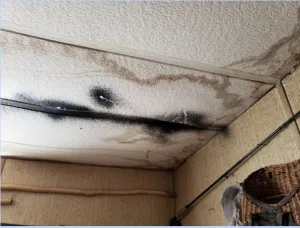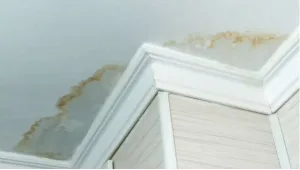Top Strategies for Effective Water Damage Repair: How to Fix and Prevent Further Damage
Introduction: Why Water Damage Needs Immediate Action
Water damage can strike unexpectedly—be it from storms, pipe leaks, or flooding. If not addressed promptly, it can lead to severe structural issues, electrical hazards, and the growth of harmful mold. In this comprehensive guide, we explore actionable Water damage restoration strategies and proven prevention methods to restore your home and safeguard it for the future.
Initial Steps to Take After Water Damage
Ensure Safety First
Before beginning any cleanup:
- Turn off the main electricity supply.
- Avoid standing in water if electrical outlets are submerged.
- Wear protective gloves, boots, and masks.
According to Ready.gov, safety is the number one priority after a flood event. Always assess the risk before re-entering your home.
Stop the Source of Water
Identify whether the water damage is from clean water (leaking pipe), gray water (appliances), or black water (sewage or floodwater). Shut off the main water valve if needed and call a licensed plumber if the source is unknown.
Assess the Damage and Document Everything
Conduct a Thorough Inspection
Walk through the property and inspect:
- Walls, ceilings, and floors for swelling or discoloration.
- Appliances and electrical systems.
- Furniture and personal belongings.
Photograph everything for insurance purposes. You may also want to consult your insurance company or hire a professional restoration company to conduct a formal evaluation.
Drying and Dehumidifying the Affected Area
Use High-Powered Equipment
Basic drying isn’t enough. We recommend:
- Industrial-grade dehumidifiers
- High-velocity air movers
- Wet/dry vacuums
Moisture can seep into hidden corners and behind walls. A study published by FEMA notes that mold can begin growing within 24-48 hours in damp conditions.
Remove Wet Items
Immediately remove:
- Carpets and padding
- Upholstered furniture
- Wooden flooring, if warped
Dry items in sunlight when possible and discard anything too damaged to salvage.
Mold Remediation and Disinfection
Apply Antimicrobial Solutions
After drying, clean all surfaces with:
- Bleach and water (1:10 ratio)
- Commercial mold-killing sprays
- HEPA vacuum for spores
Long-term exposure to mold can cause respiratory issues, according to the CDC.
Inspect for Hidden Mold

Use a moisture meter to test drywall and baseboards. If levels are above 15%, consult a mold remediation specialist.
Structural Repairs and Restoration
Replace Damaged Materials
Depending on severity, you may need to:
- Replace drywall and insulation
- Repair or replace flooring
- Inspect and upgrade electrical wiring
Hiring a certified contractor ensures the repairs are up to code and durable.
Consider Waterproofing Upgrades
To prevent future issues:
- Install sump pumps in basements
- Use water-resistant materials in rebuilds
- Seal foundation cracks and gaps
Forbes Home highlights waterproofing as one of the most cost-effective prevention strategies.
Prevention Strategies to Avoid Future Water Damage
Regular Maintenance Checks
Set a quarterly reminder to:
- Inspect the roof and gutters
- Check for plumbing leaks
- Test your sump pump
This simple routine can drastically reduce the chances of future water-related issues.
Install Leak Detection Devices
Smart leak detectors notify you the moment water is detected. Many insurance companies offer discounts for homes with these systems installed.
A great internal example of step-by-step maintenance can be found in our Water Damage Restoration guide.
When to Call Professionals
If you’re facing:
- Category 3 water (sewage/floodwater)
- Structural collapse risks
- Mold infestations beyond 10 sq. feet
…it’s best to hire an IICRC-certified water damage professional. They use infrared imaging, industrial-grade drying equipment, and offer mold certification clearance.
Conclusion: Take Control of Water Damage Before It Spreads
Water damage can be overwhelming, but with the right approach and proactive planning, you can minimize loss and restore your home effectively. From safety protocols and cleanup to mold remediation and prevention, each step plays a vital role in the restoration journey.
Don’t wait—whether it’s a small leak or a flooded basement, start your Water Damage Repair immediately, and consult experts for long-term peace of mind.

